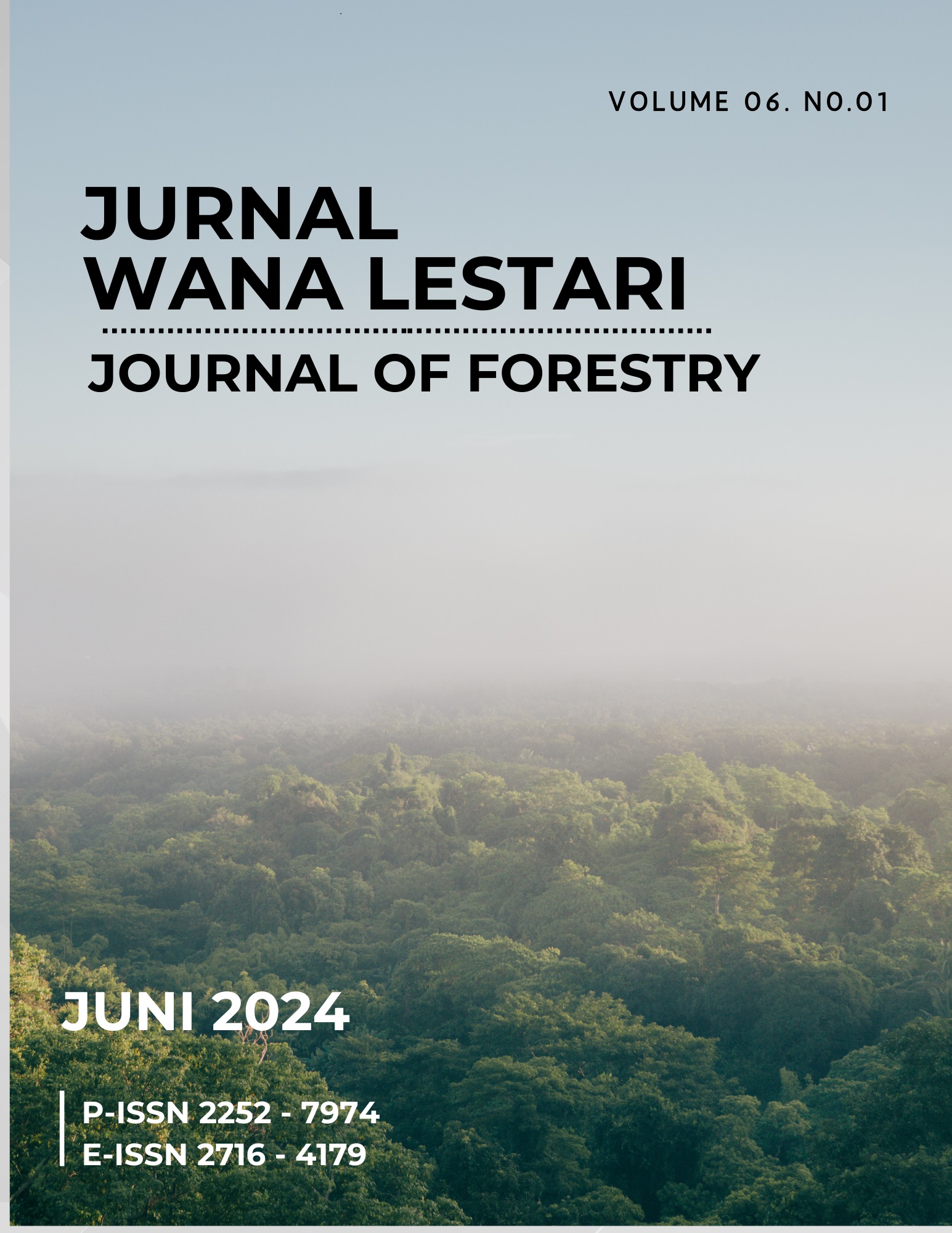Ethnopharmacological Study on the Potential Herbal Plants in the Traditional Markets of Kupang East Nusa Tenggara
Abstract
Indonesia, a tropical forest country with enormous biodiversity, has a significant potential for herbal plants, which can be used as medicines and natural remedies. These plants are abundant in densely forested areas and can also be found in traditional markets, contributing to economic growth and preserving traditional culture. Traditional markets offer a variety of herbal plants, including ginger, turmeric, galangal, lime, and pepper, which have been used for centuries in Indonesian cuisine. Local communities can easily access these affordable medicinal plants, especially those with limited access to modern health services. However, limited studies have explored the variety and potential economic market values of these plants, particularly in Kupang East Nusa Tenggara. Therefore, we conducted an etnopharmacological study on the potential herbal plants in the traditional markets of Kupang. 25 herbal plant species from 14 families in four traditional markets in Kupang revealed their potential for health and economic benefits. These plants contain various pharmacological components, including anti-oxydant, anti-bacteria, anti-inflammation, and anti-viral properties. Along with health benefits, the circulation of these plants in the traditional markets in Kupang can not only create economic benefits but also can also promote the preservation of indigenous cultural heritage and the sustainability of traditional practices as well as biodiversity conservation.

 Muhammad Soimin(1*)
Muhammad Soimin(1*)







